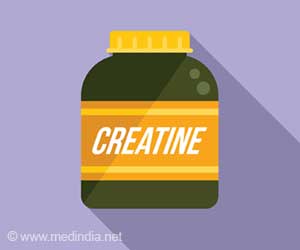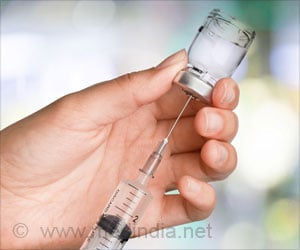Some biomarkers present in blood can help identify people who are suffering from PTSD.
- PTSD is an anxiety disorder that develops in some people who have experienced a very stressful, frightening, or distressing event
- A recent study shows that biomarkers in the blood can identify someone at high risk for or suffering from PTSD
- These biomarkers have been linked to anxiety and depression in the past
The findings suggest these biomarkers could be used to predict a person’s likelihood of developing PTSD, diagnose the disorder, or monitor the response to treatment.
Difficulty in Diagnosing PTSD
PTSD usually occurs after experiencing or witnessing a traumatic event. It is currently diagnosed based on symptoms such as flashbacks, difficulty sleeping or concentrating, negative thoughts, memory problems and avoidance of triggering situations. Since other disorders can have some of these same symptoms, it can be challenging to diagnose PTSD and assess changes in response to treatment.This research, which involved over 1,000 service members, represents the largest prospective study to date to assess the biological markers of PTSD over time.
“This study provides valuable insights into the natural history of PTSD and the effectiveness of interventions, which can inform the development of treatment guidelines and improve the care for individuals suffering from PTSD,” said Stacy-Ann Miller, a researcher at the Walter Reed Army Institute of Research in Silver Spring, Maryland.
“Better methods of predicting or screening for PTSD could help to overcome the disorder by identifying individuals at high risk of developing PTSD and providing them with early intervention or prevention strategies. This could potentially reduce the severity of symptoms or prevent the disorder from developing altogether.”
Miller will present the new research at Discover BMB, the American Society for Biochemistry and Molecular Biology annual meeting, March 25–28 in Seattle.
How Biomarkers can Measure PTSD
Biomarkers, which are biological processes that reflect physiological changes, can provide an objective measure of physiological changes associated with diseases like PTSD.The biomarkers have previously been linked to stress, depression, anxiety, and mental health disorders. The biomarkers were:
- Glycolytic ratio: A measure of how the body breaks down sugar to produce energy
- Arginine: An amino acid that plays a role in the immune and cardiovascular systems
- Serotonin: A chemical messenger that helps regulate mood, sleep, and other functions
- Glutamate: A chemical messenger that plays a role in learning and memory
Comparing these biomarkers in people with different PTSD statuses and levels of resilience, the results showed that those with PTSD or subthreshold PTSD had significantly higher glycolytic ratios and lower arginine than those with high resilience. People with PTSD also had significantly lower serotonin and higher glutamate levels than those with high resilience. These associations were independent of factors such as gender, age, body mass index, smoking, and caffeine consumption.
The researchers said the biomarkers could help to predict which individuals face a high risk of PTSD, improve the accuracy of PTSD diagnosis and improve overall understanding of the drivers and effects of PTSD.
“Improved methods of screening and predicting PTSD could inform better treatment approaches by providing a deeper understanding of the underlying biological mechanisms of the disorder,” said Miller. “This could lead to the development of more targeted and effective treatments for PTSD or to identify specific subtypes of PTSD that may respond differently to different treatments.”
Researchers cautioned that more research and validation would be needed to confirm the biomarkers’ utility in real-world settings.
Reference:
- Researchers identify markers of PTSD in the blood - (https://www.asbmb.org/asbmb-today/science/032823/ptsd-markers-in-blood)
Source-Medindia













